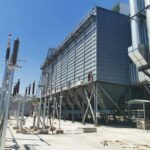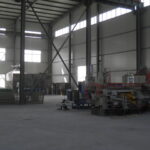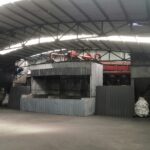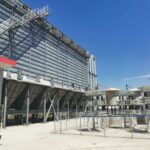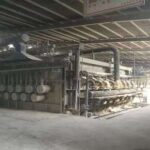In the intricate world of steelmaking, understanding the cautions is paramount for both novices and industry experts alike. From raw materials to intricate processes, the journey of steel production is riddled with potential pitfalls. Delving into the nuanced intricacies, this article aims to shed light on the precautions one must heed in the dynamic realm of steel manufacturing.
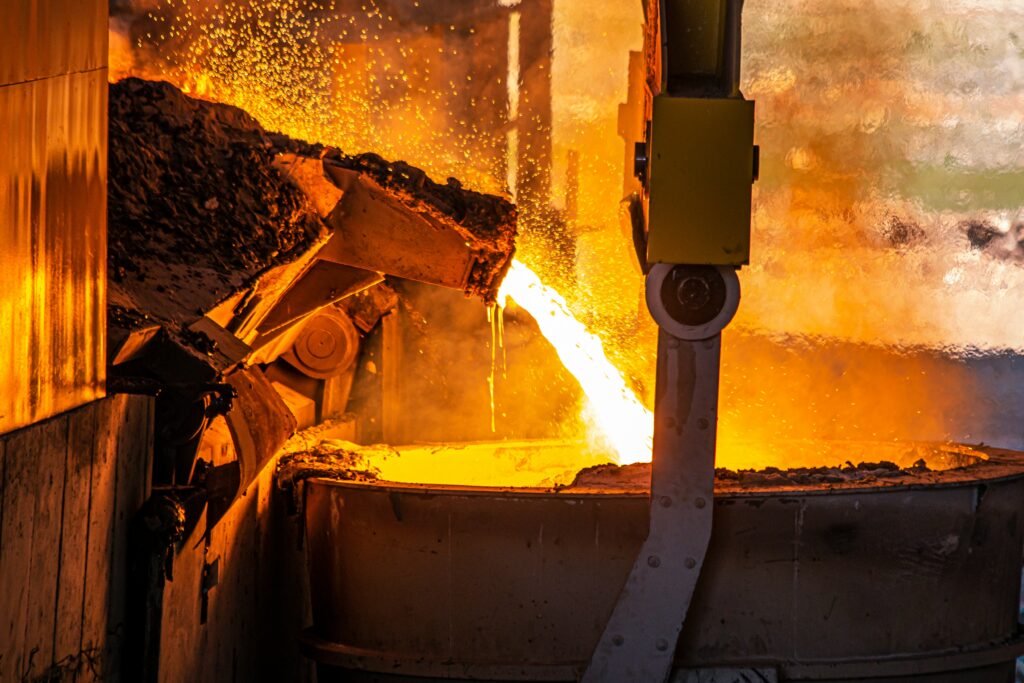
Before we introduce cautions of steelmaking, we have to talk about definition of steelmaking. You can understand greatly what we will introduce subsequently only if you know about the definition. Making steel or steelmaking, it is a process that smelts molten iron, scrap and other raw material to steel in conformity with requirement of chemical component and makes it possess some physical, chemical or mechanical property.
From narrative above, we can clearly see that it has rigorous standard for chemical specification.
Due to reach the standard, you should pay attention to considerations. We conclude it as a jingle —— “four off, two remove, two adjust”, we will introduce it in detail in subsequent paragraphs.
Concretely speaking, “four off” means dephosphorization, desulphurization, decarburization and deoxidization; “two remove” means remove harmful gases and harmful impurities; “two adjust” means adjust temperature for molten iron and component for alloy furnace burden.
1.”Four Off”
(1)Decarburization
According to our chemical knowledge learned in senior high school, we can recall that the higher carbon content in steel, the greater steel hardness. Besides, the greater strength and brittleness, nevertheless, ductility reduced. Vice versa;
(2)Dephosphorization and desulphurization
As we known, phosphorus and sulphur are harmful impurities for most of steel grade, thus, we should remove them during making steel.
(3)Deoxidization
During making steel process, usually blow a large amount of oxygen to oxidize impurities. At this moment, oxygen content in molten steel is higher than previous, you should add element that affinity for oxygen is stronger than ferro to deoxidize such as Al, Si, Mn and other alloys.
2.”Two Remove”
As we mentioned above, it means remove harmful gases and nonmetallic inclusions, that is harmful impurities. Generally speaking, gas indicates hydrogen and oxygen dissolved in steel, nonmetallic inclusion indicates oxide, sulphide, phosphide, nitride and other complex compounds.
If you want to remove these harmful gases and impurities, you will make molten pool boiled so that it can remove them from steel. We take an example of converter furnace to expound this view. Carbon and oxygen reacts in converter and combusts insufficiently, finally, it generates carbon monoxide. And then, it makes molten pool boiled to reduce their contents in steel.
3.”Two Adjust”
In order to reach the element content requirement for different steel grades when making steel, you should add different alloy element suitably.
Adjust temperature for molten steel in order to ensure success of pouring. According to proper temperature for different steelmaking steps, you can adjust unceasingly.
Conclusion
In conclusion, navigating the landscape of steelmaking demands a keen awareness of its cautionary aspects. Whether grappling with the complexities of alloy compositions or the challenges of maintaining optimal temperatures, a meticulous approach is essential. By embracing these cautions, the steel industry can forge ahead with resilience, ensuring the durability and quality of the vital material that underpins countless aspects of our modern world.

